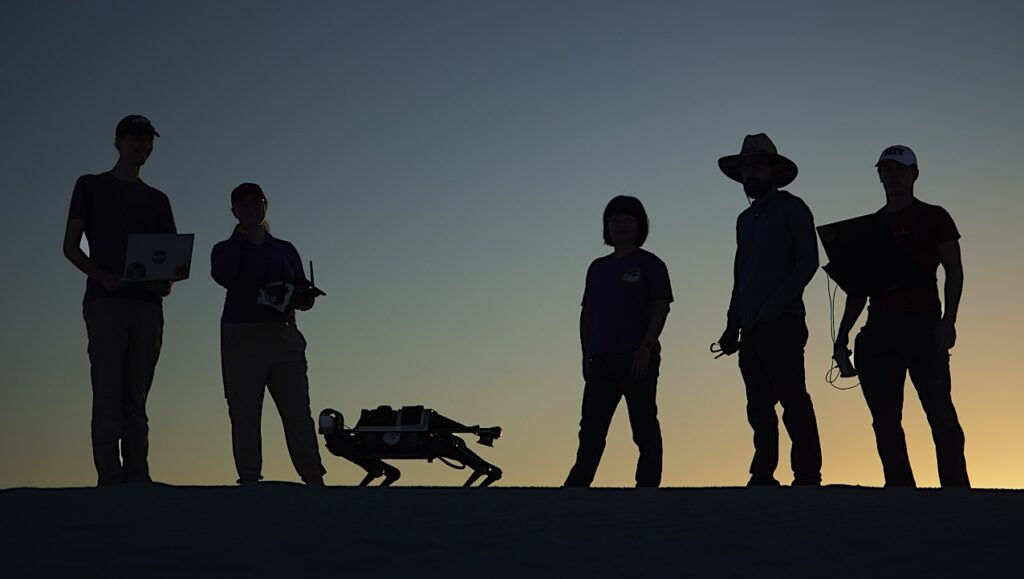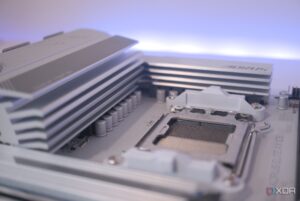
Researchers at several leading universities are making significant strides in preparing quadruped robots for future missions on Mars. Following five days of intensive experiments at White Sands National Park in New Mexico, scientists are enhancing the capabilities of a dog-like robot designed for scientific exploration on the Martian surface. This initiative is part of a broader effort to inform operations involving astronauts, robotic systems, and Mission Control on Earth.
The project, funded by NASA, is aligned with the agency’s Moon to Mars program, which seeks to develop the necessary tools for long-term lunar exploration and upcoming crewed missions to Mars. Researchers previously tested the same robot on the slopes of Mount Hood in Oregon, where conditions simulated the lunar landscape.
Field Testing and Innovations
The team, led by Cristina Wilson, a robotics researcher at Oregon State University, emphasized the importance of utilizing the unique capabilities of legged robots in extraterrestrial environments. “Our group is very committed to putting quadrupeds on the Moon and on Mars,” Wilson stated, highlighting the potential for robots to navigate and conduct research in challenging terrains.
During the recent tests at White Sands, the researchers focused on how the robot’s feet interact with various surfaces. By measuring mechanical responses, they aim to replicate how humans sense stability when standing on different ground types. “Each step the robot takes provides us information that will help its future performance in places like the Moon or Mars,” Wilson explained.
The conditions during the tests posed challenges, with temperatures exceeding 100°F. To mitigate heat-related issues, the team scheduled their fieldwork for early mornings. Despite these obstacles, they achieved significant advancements, particularly in the robot’s autonomy. For the first time, the quadruped was able to act independently and make decisions, a crucial development for scenarios involving both robots and astronauts on Mars.
Future Implications and Collaborations
The implications of this research extend beyond mere robotic capabilities. Wilson noted that autonomous functioning allows both the robot and the astronaut to operate independently, enhancing the scientific output of missions. Additionally, the team experimented with different locomotion techniques to improve energy efficiency based on surface conditions.
The LASSIE Project—Legged Autonomous Surface Science in Analog Environments—comprises a diverse group of experts including engineers, cognitive scientists, geoscientists, and planetary scientists from institutions such as the University of Southern California, Texas A&M University, Georgia Institute of Technology, University of Pennsylvania, and Temple University.
Funding for this research comes from NASA’s Planetary Science and Technology through Analog Research (PSTAR) program and the Mars Exploration Program. As Wilson concluded, “There is certainly a lot more research to do, but these are important steps in realizing the goal of sending quadrupeds to the Moon and Mars.” This ongoing work could pave the way for enhanced exploration capabilities in our quest to understand Mars and beyond.






